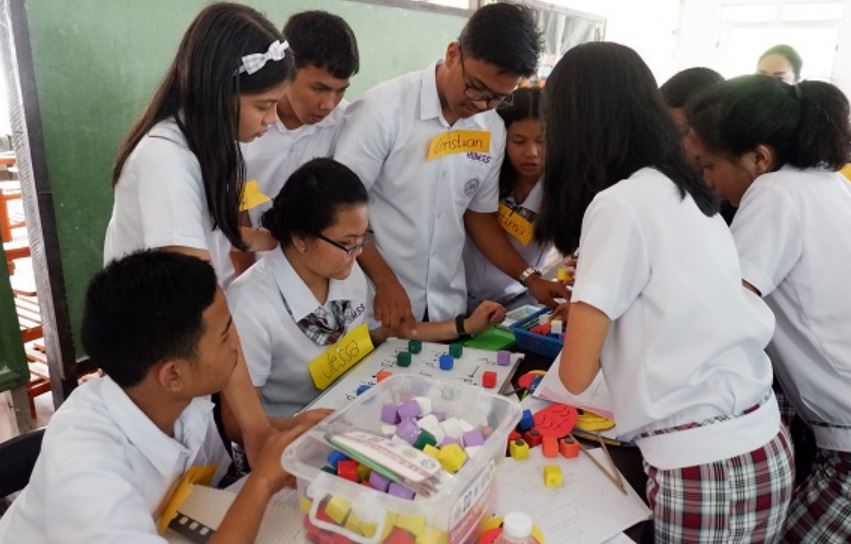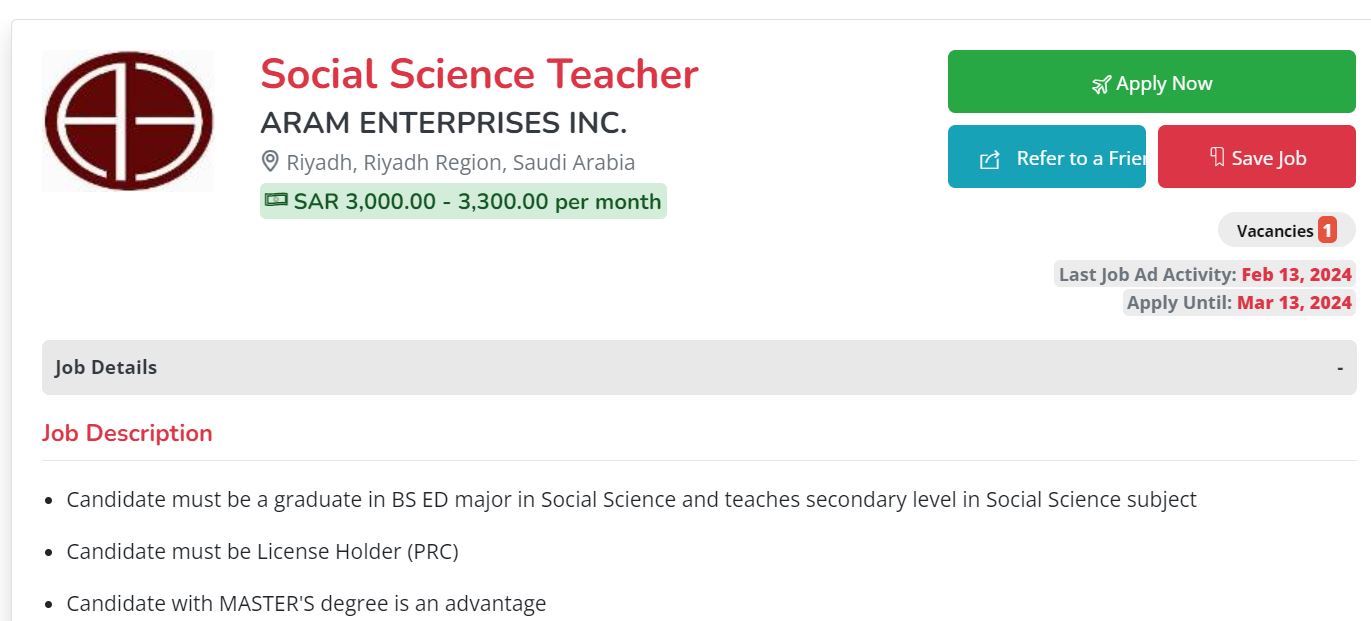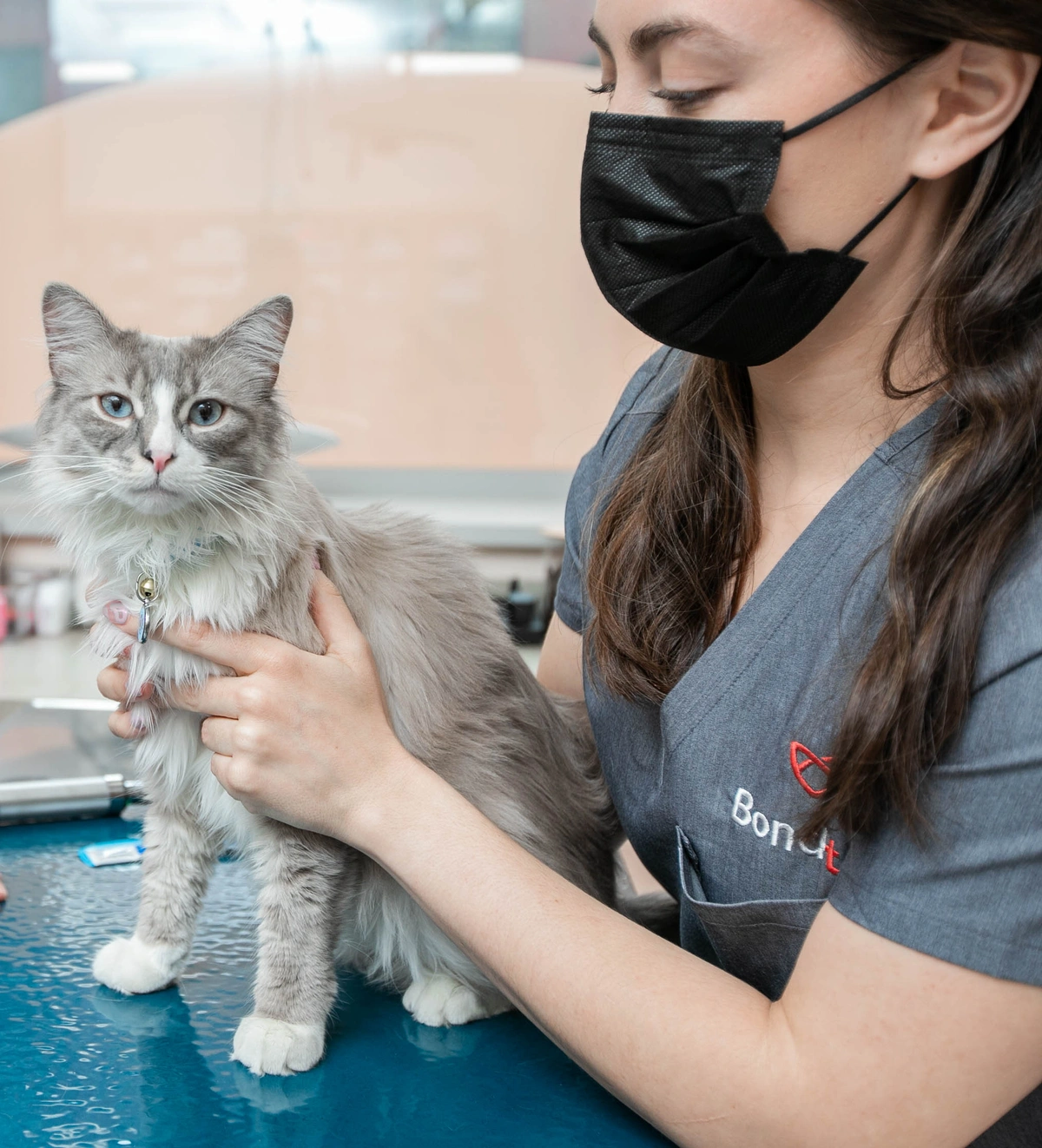Filipino teachers, like educators in many other countries, use various teaching methods to engage and educate their students. Here are five common classroom teaching methods frequently used by Filipino teachers:
- Lecture Method: This is a traditional teaching method where the teacher presents information or concepts to the students through verbal communication. The teacher acts as the primary source of knowledge and delivers a structured lesson while students take notes and listen attentively. This method is often used for introducing new topics or providing in-depth explanations.
- Group Work/Cooperative Learning: Filipino teachers often employ collaborative learning strategies to encourage active participation and teamwork among students. Group work involves dividing students into small groups to work on tasks or projects together. It promotes communication, problem-solving, and social skills, as well as enhances peer learning and cooperation.
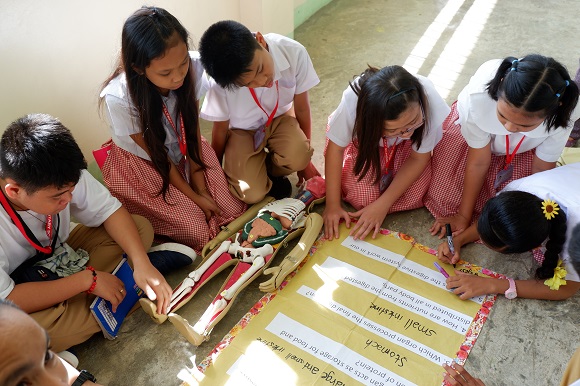
- Inquiry-Based Learning: This method focuses on encouraging students to explore and investigate topics independently. Filipino teachers facilitate the learning process by posing questions, guiding discussions, and providing resources. Students are encouraged to ask questions, conduct research, and critically analyze information. Inquiry-based learning promotes curiosity, problem-solving skills, and deeper understanding of the subject matter.
- Problem-Based Learning (PBL): PBL is a student-centered approach where students solve real-world problems through inquiry and collaboration. Filipino teachers present authentic problems that require critical thinking, analysis, and creative solutions. Students work in groups or individually to research, analyze data, and develop strategies to address the problem. This method fosters critical thinking, teamwork, and practical application of knowledge.
- Interactive Teaching: Filipino teachers often incorporate interactive teaching techniques to engage students actively in the learning process. These methods include using multimedia presentations, educational technology tools, hands-on activities, demonstrations, debates, role-plays, and educational games. Interactive teaching promotes student participation, enhances retention, and makes learning more enjoyable and memorable.
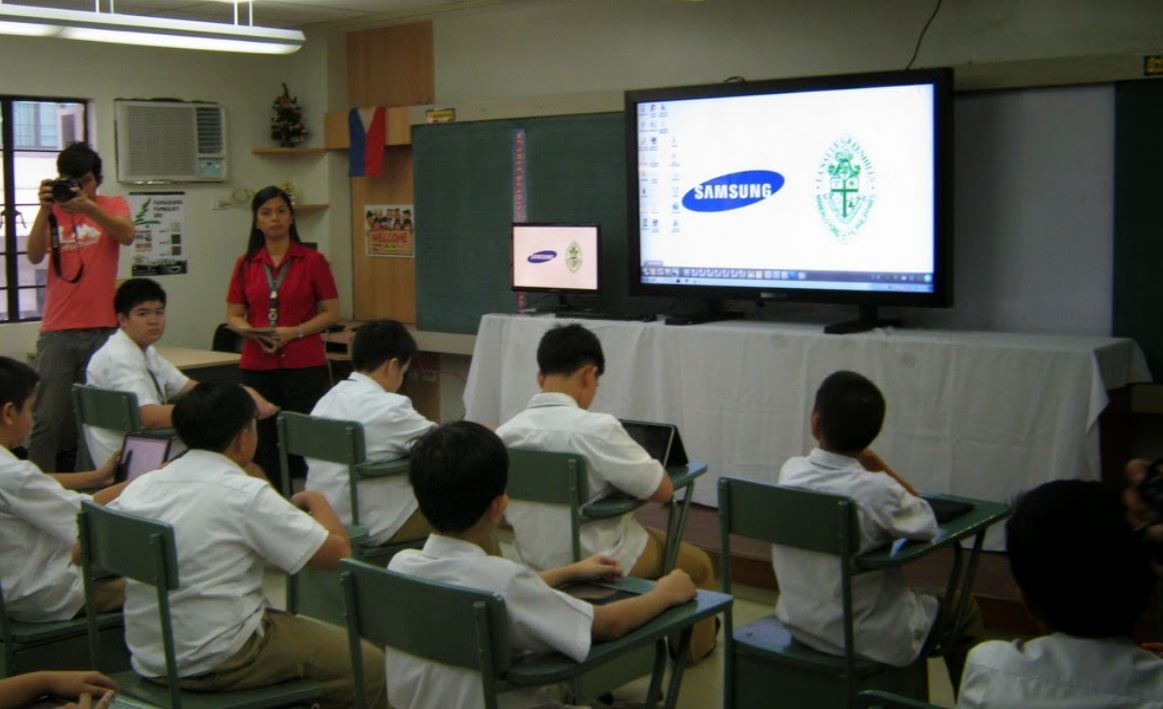
It’s important to note that teaching methods can vary depending on the subject, grade level, and individual teacher’s style and preferences. Filipino teachers often adapt their teaching methods to suit the needs of their students and create a dynamic and effective learning environment.
